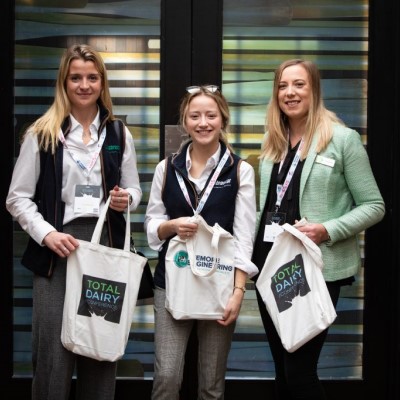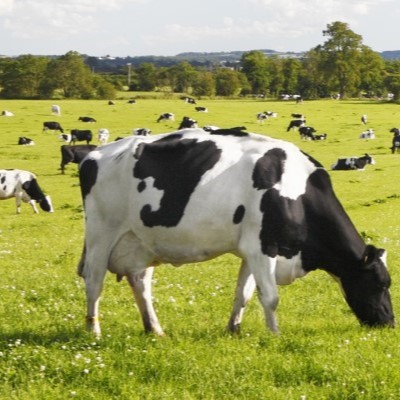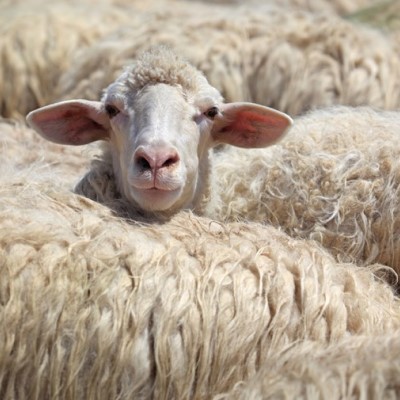CIEL | Project: GrassCheckGB – Review of the 2019 Grazing Season
Genetics | Reproduction | Behaviour | Nutrition | Health & Welfare | Productivity | Food Integrity | Environmental Impact
Aiming to develop better predictions for grass growth & utilisation is GrassCheckGB, a nationwide initiative involving 50 beef, sheep & dairy farms, working alongside CIEL, AFBI and Rothamsted Research, the three GB Levy Boards – AHDB Beef & Lamb, HCC, QMS, and industry sponsors: Datamars Livestock, Germinal, Waitrose & Partners, Handley Enterprises and Sciantec Analytical.
Throughout the growing season, grass growth, quality, soil data & meteorological data has been captured across the country.
GrassCheckGB enjoyed a great first year, with 2019 turning out to be a productive grazing season across the country.
Based on the weekly average grass growth rates recorded during last season, GrassCheckGB farms grew an average of 11.1t DM/ha across their grazing platforms between March and October 2019. This highlights the fantastic grass growth potential on farms in wide-ranging topographies and production systems (including organic and upland farms) across the country.
All GrassCheckGB project farmers are operating rotational grazing systems and aim to maximize their production from grass to keep down the costs of bought-in feed. With a focus on post-grazing residuals to maximize grass quality as well as quantity, GrassCheckGB farms averaged 79% utilisation above a target post-grazing residual of 1500 kg DM/ha, aided by good ground conditions for much of the season. Individual farm targets for a post-grazing residual range from 1800-1200 kg DM/ha, depending on stock and production systems, with 75-80% utilisation being a good overall target.
Following the end of the season, 5 regional meetings were held giving farmers their individual farm reports. These provided a great platform for discussions on the 2019 season and planning for the year ahead.
2020 start
Through most of the winter, mild conditions were recorded, and in January several GrassCheckGB farms were recording soil temperatures over 6°C, meaning some grass growth is likely to have occurred between October and January. However, thoughts of early turn-out were washed away with the arrival of February’s storms, bringing widespread flooding and disruption. Many GrassCheckGB weather stations have recorded significant rainfall over the last month, with figures in excess of 120mm common, and some stations recording well over 200mm of rainfall. One GrassCheck weather station in North Wales recorded over 450mm of rain in February! Comparing these figures to the Met Office UK long-term February average of 88.6mm, we can safely say it will be a wet start to the 2020 grazing season. With soil conditions saturated, stock is likely to stay housed longer this year and opportunities for grazing are very limited in some areas.
Turnout preparation
•Check that essential equipment such as plate meters and fencing are in good condition.
• Review most recent soil test results to help inform planning for early manure or fertilizer applications. Soil tests should be undertaken for each field every 4 years, at least 3 months since the last lime, slurry or chemical fertilizer application).
• Identify where any remedial lime applications are needed to correct soil pH, as acidic soil conditions will have a detrimental effect on soil nutrient availability and therefore on grass growth performance.
• On-off grazing can help to make the most of early grazing opportunities whilst maintaining a good average cover across the grazing platform if growth is slow – as well as minimising soil damage if ground conditions are less than ideal in early spring.
For more information, please contact [email protected].
Visit www.grasscheckgb.co.uk for further insight.









